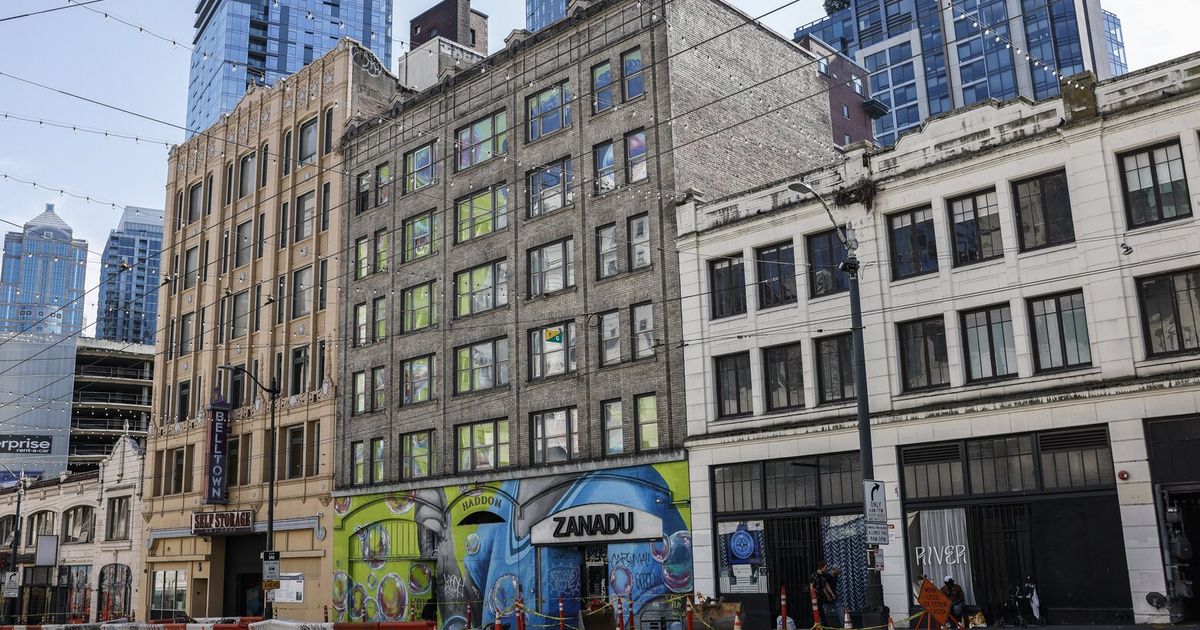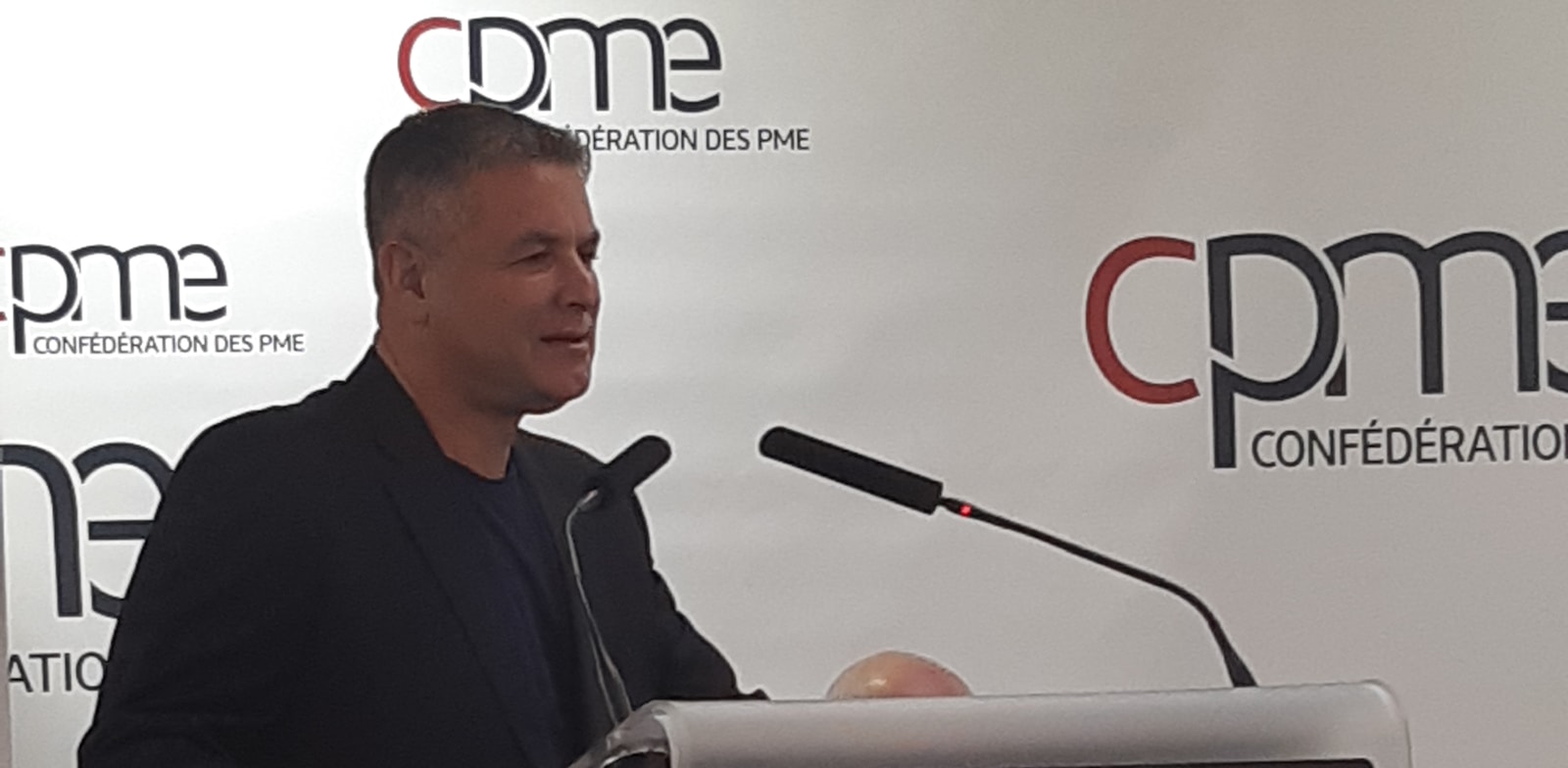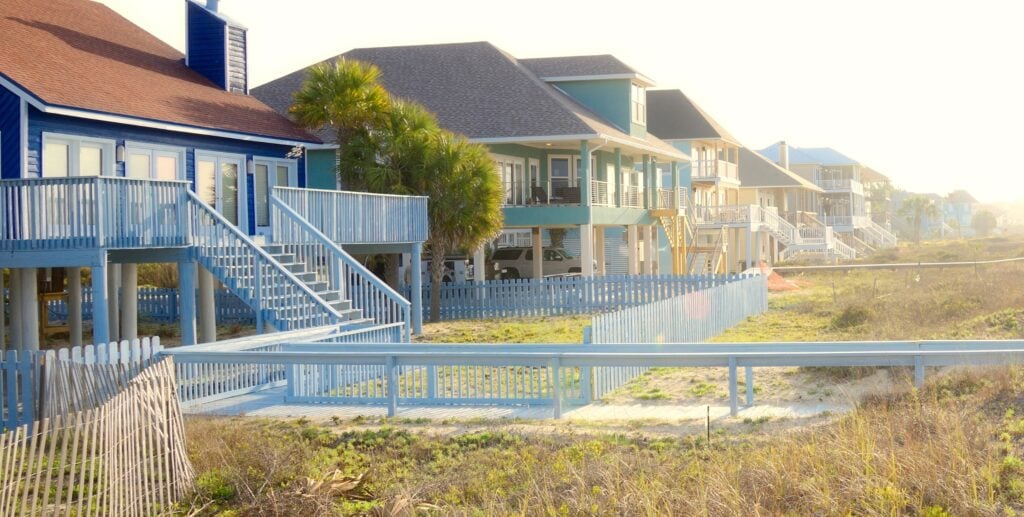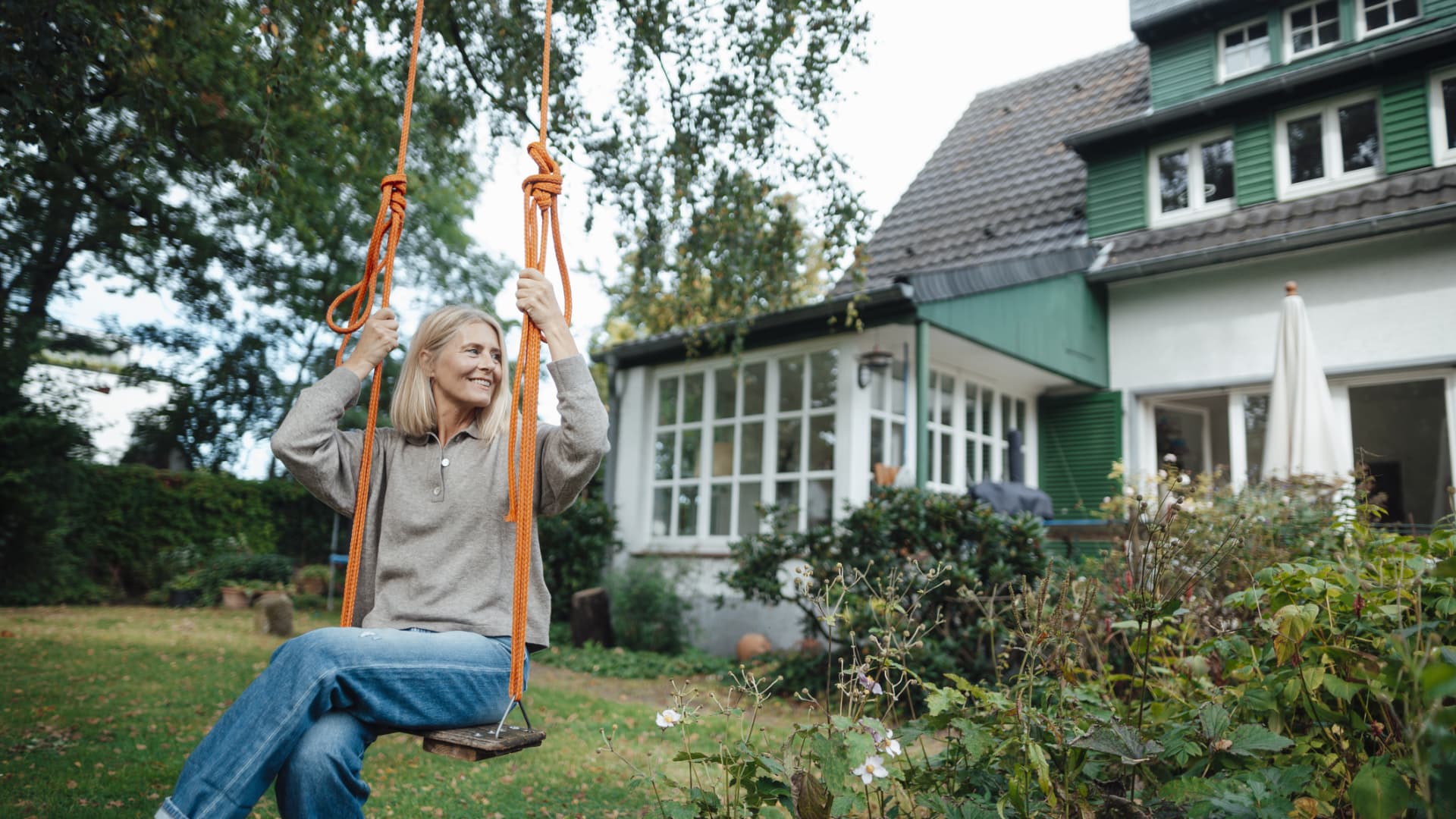Nature-inspired colors, including blues and greens, are strongly trending.
What’s trending in residential kitchens? Six hundred respondents to an online survey – including designers, dealers, manufacturers, remodelers and architects – answered that question in the leading industry group’s just-released 2023 Design Trends study. The National Kitchen & Bath Association’s annual report provides insights to what homeowners are requesting and what professionals are delivering heading into the new year.
Overview
“Kitchens are bigger and more involved,” said Tricia Zach, the association’s research director. “The study revealed that consumers want spaces to be multi-functional to meet their at-home work, education, and entertaining needs.” Overall trends seen in the responses included vibrant finishes, sustainability focus, expanded spaces, smart technology, and wellness design. All of these likely got a boost from Covid keeping everyone home reevaluating their lives and space for so many months.
Vibrant Finishes
In pre-Covid times, designers would often caution their remodeling clients that neutrals were best for major features like cabinets, countertops, flooring and appliances when it came to resale… And you never knew when you might have to unexpectedly sell your home. There were always clients who bucked this advice with shiny yellow gas ranges or hot pink countertops.
Perhaps because the pandemic drove home the fragility of life, (or because the 2008 housing bust drove home the fragility of markets), clients are more driven today to choose whatever the heck finishes they crave. It could also be a generational shift as younger Millennial homeowners seek to personalize their living spaces to a greater extent than their parents or grandparents did. “Combining multiple design themes to create a unique style” was one of the points that emerged in the NKBA survey. That sure sounds like a Gen Y response! “With increasing homeownership, Millennials are increasing their presence,” the study confirms.
The style themes being combined include modern farmhouse, organic modern, simple transition, classic contemporary and nature inspired. “Combining multiple design elements and materials along with bold accents, splashes of color and texture” bring about these colorfully eclectic and highly personalized kitchens, the study notes. Neutrals go white (67%), earthy and woodsy, and colors ease into nature-inspired coastal blues (37% choice) and greens (the top choice of 45% of respondents). Accents go bold with colorful artwork (45%), wallpaper (40%) and backsplashes (55%). Hints of metallic show up to “add glamour” or, conversely, a “rustic feel,” the study shares.
Sustainability Counts
According to the survey, “Clients are paying closer attention to more sustainable products and solutions in their homes as well as to the practices of manufacturers.” If this is representative of a greater homeowner trend, that is an unexpected and welcome change. Often in the past, more sustainable choices would yield to price concerns.
Looking at the four areas observed in the survey responses though, it’s clear that regulation and legislation are having an effect, particularly in the energy and water-saving points: 100% LED lighting, energy-efficient appliances, VOC-free paints, increased natural light via low E windows and EPA WaterSense faucets.
Designers’ concerns are also factoring in, it appears: In this study, 64% of them are considering manufacturers’ sustainability practices when making their recommendations. As one designer told me last year for a trade magazine article, “When I have a choice, I will do my best to support companies that are doing better.”
Expanded Spaces
“Homeowners are opening up the look and feel of the kitchen while also expanding functionality to accommodate the changing nature of the home.” Covid certainly made expanding functionality crucial, as people began to cook more at home and use that space for working or studying from home, even indoor gardening and pet care.
This showed up in the survey with wall removals for kitchens to open to adjoining areas, clients requesting large islands with flexible functionality (and charging capacity) for food prep, dining, and work and, especially, enhanced pantries.
Pantry preferences have included walk-in, built-in or butler’s pantry configurations for food and small appliance storage. Walk-in pantries were the top choice of 76% of survey respondents. After food storage needs, dedicated work area for small appliances were favored by 70% of respondents.
Wellness Drivers
This was certainly a growing trend when Covid struck, but nothing accelerates people’s concern for their well-being than a disaster. The study sees that in easy clean surfaces like tile slab backsplashes with less grout (50%), quartz (81%), quartzite (55%) and sintered stone (19%) countertops gaining attention. Larger windows (74%) and outdoor access (33%) also showed up in respondents’ wellness choices. “Large windows with fewer panes and glass doors will help connect the kitchen to the outdoors,” one respondent noted.
The wellness trend was strongest in the desire for sanctuary-inspired bathrooms, but family wellness shows up in kitchen choices too – including those noted above, plus steam ovens (34%) and induction cooktops (52%) for example – that make the space more functional, easier to maintain, and more healthy cooking-friendly are hallmarks of a wellness designed kitchen.
Technology Enhancements
Technology to make life easier and more convenient was also a strong trend in the 2023 study. “Homeowners are excited about smart controls via mobile devices (23%) or voice control (30%), touchless faucets (48%), integrated lighting and smart appliances,” the study noted. One respondent commented, “I think that older clients are okay with some features, such as door open alarms, whereas the millennials and Gen X are seeking lighting and some appliance control.”
The top kitchen tech trends in the study were steam cooking and air frying integrated into ovens (73%). Some of the air frying technology, it should be added, has been added after-sale with internet-based manufacturer upgrades. After this came dedicated space for charging and using devices (73%), mobile apps to control appliances (51%) and motion sensor faucets (50%).
At the same time, 59% of designers sound less than fully confident in their own tech savvy, saying they have “some knowledge,” with only 17% saying their knowledge is “good.” Many call on technology experts to help out on their projects. No professional wants their clientele to leapfrog them in knowledge. Fortunately, there are alliances between technology associations and designer groups to provide support and expertise.
















